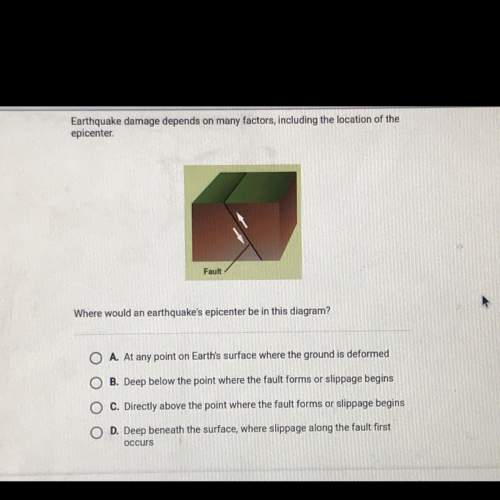
Biology, 24.09.2020 14:01 elizabethhubbe
As part of your undergraduate research project, you are characterizing three polypeptides of approximately equal molecular weight from human plasma. Using various physical techniques, you have established that in their native states one of the polypeptides is a monomeric, cigar-shaped molecule, the second is monomeric and approximately spherical, and the third is the subunit of a teiramer of identical subunits. Another student (Lisa, who you arc working with on the project) in the research group has determined the amino acid compositions of the three proteins. However, when Lisa brings you the data, shown in the table below, you are greatly upset to discover that she failed to note which composition corresponds to which protein. Another student. Alison, working in the lab (on another project) tells you that you should simply deduce which is which from the amino acid compositions themselves. Lisa is sure that Alison is wrong. Should you take Alison's advice? If you decide to do so, which composition would you assign to which protein, and why?

Answers: 1
Another question on Biology

Biology, 22.06.2019 00:30
At which location in earth’s interior does the top density continue to increase as thickness decreases?
Answers: 1

Biology, 22.06.2019 02:30
'which of these statements about the scientific method is not true? all experiments must follow the same number of steps in the procedure. experiments may be repeated several times. some unexpected results can be beneficial. experimental results may or may not support the hypothesis.
Answers: 3

Biology, 22.06.2019 11:30
Plz quick a natural resource that is replaceable through a cycle in nature or sustainable practice is called a? the subject is science
Answers: 1

Biology, 22.06.2019 14:30
How do water’s relative densities as a solid and a liquid differ from that of most other substances? water’s solid and liquid forms have different densities, while most other substances have solid and liquid forms with similar densities. water’s solid and liquid forms have similar densities, while most other substances have solid and liquid forms with different densities. water’s liquid form is less dense than its solid form, while the opposite is true of most other substances. water’s solid form is less dense than its liquid form, while the opposite is true of most other substances.
Answers: 3
You know the right answer?
As part of your undergraduate research project, you are characterizing three polypeptides of approxi...
Questions

Mathematics, 09.06.2020 20:57




Mathematics, 09.06.2020 20:57

Biology, 09.06.2020 20:57

Mathematics, 09.06.2020 20:57

English, 09.06.2020 20:57




Mathematics, 09.06.2020 20:57

Mathematics, 09.06.2020 20:57

Mathematics, 09.06.2020 20:57





Mathematics, 09.06.2020 20:57

Chemistry, 09.06.2020 20:57




